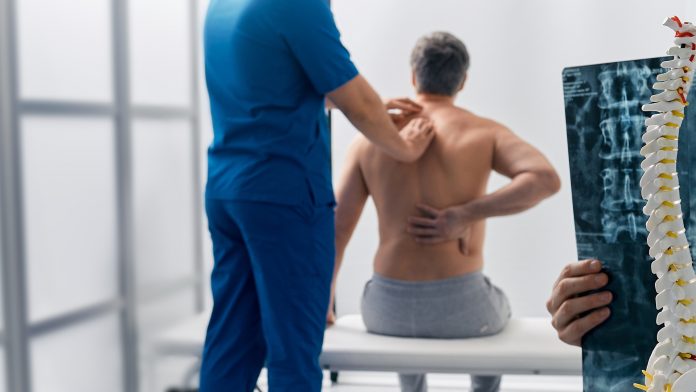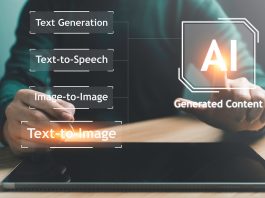Researchers from Friedrich-Alexander-Universität Erlangen-Nürnberg (FAU) are pioneering an AI suit that boosts spinal cord injury rehabilitation.
Between 250,000 and 500,000 people suffer a spinal cord injury each year – with current rehabilitation methods failing to provide effective and tailored patient care.
FAU researchers aim to advance spinal cord injury rehabilitation through the Human Impedance control for Tailored Rehabilitation (HIT-Reha) project, which has received €357,000 in funding from the German Research Foundation.
HIT-Reha will develop a groundbreaking AI-supported suit to improve spinal cord injury rehabilitation significantly.
The suit will electrically stimulate a patient’s muscles and support movement through artificial tendons to help them perform their intended movements and recover from the injury.
Spinal cord injury patients are 2 to 5 times more likely to die prematurely
Research from the World Health Organization (WHO) suggest that between 40 to 80 per million of the population have a spinal cord injury – with these individuals two to five times more likely to die prematurely.
Injuries to the spinal cord are predominantly caused by traffic or sports accidents, tumour operations, infections, and violence.
The injury can considerably affect people’s daily activities, such as eating, drinking, getting dressed, and maintaining personal hygiene. Other impacts include:
- Increasing risk of psychological conditions;
- A narrower margin of health;
- Negative impact on personal relationships;
- Lower school and employment participation; and
- A high financial burden for treatment.
Despite this, spinal cord injuries are not completely irreversible. If the long nerve fibres are not separated from the brain entirely, then some motor control can be regained.
Dr Claudio Castellini, the Chair of Assistive Intelligent Robotics at FAU, explained: “The potential for regeneration is particularly high in the first twelve months after the injury when new neurons can be generated and new networks created.”

Current rehabilitation techniques are limited
Conventional rehabilitation includes the repeated execution of mobility exercises, such as clenching a cylinder and moving it to a different place. This is overseen by a qualified therapist or, in some cases, a robot.
These methods include functional electrical stimulation (FES), where electrodes stimulate targeted muscle contractions via exoskeletons or suits that support and assist movement through pulley mechanisms or inflatable air chambers.
However, these methods are not bespoke to a patient’s individual requirements or abilities, meaning the full potential of rehabilitation is not realised.
Castellini said: “Although great progress has been made in recent years, the therapies which are currently available do not correspond to the principles of motor learning.
“Firstly, especially weak muscles are not targeted sufficiently, and secondly, patients are not actively encouraged to execute useful motor exercises. Our experience has shown that this leads to patient engagement waning over time.”
HIT-Reha will leverage AI to evolve rehabilitation
The HIT-Reha project will run for the next three years to develop an AI-powered exo suit consisting of a compression jacket, arm cuffs, and gloves.
The technology will encompass the support systems currently available such as FES and pulley mechanics, but will crucially incorporate AI-supported recognition of patients’ intended movements.
This means the AI communicates to the FES system and the exo-suit where muscle contractions should be triggered, or pulleys tightened to support the user’s intended movement.
To understand how to perceive a patient’s intended movements, FAO is developing a complete virtual model of the muscles and skeleton that they can train.
Marek Sierotowicz, a doctoral candidate involved in the project, commented: “We will carry out our initial tests with people who are not disabled and gather as much data as possible.
The better we train AI, the more reliably we will be able to recognise movement patterns and the more accurately the assistance systems will be able to work in the future.”
The researchers are confident that their technology will drastically improve the success of spinal cord injury rehabilitation.









